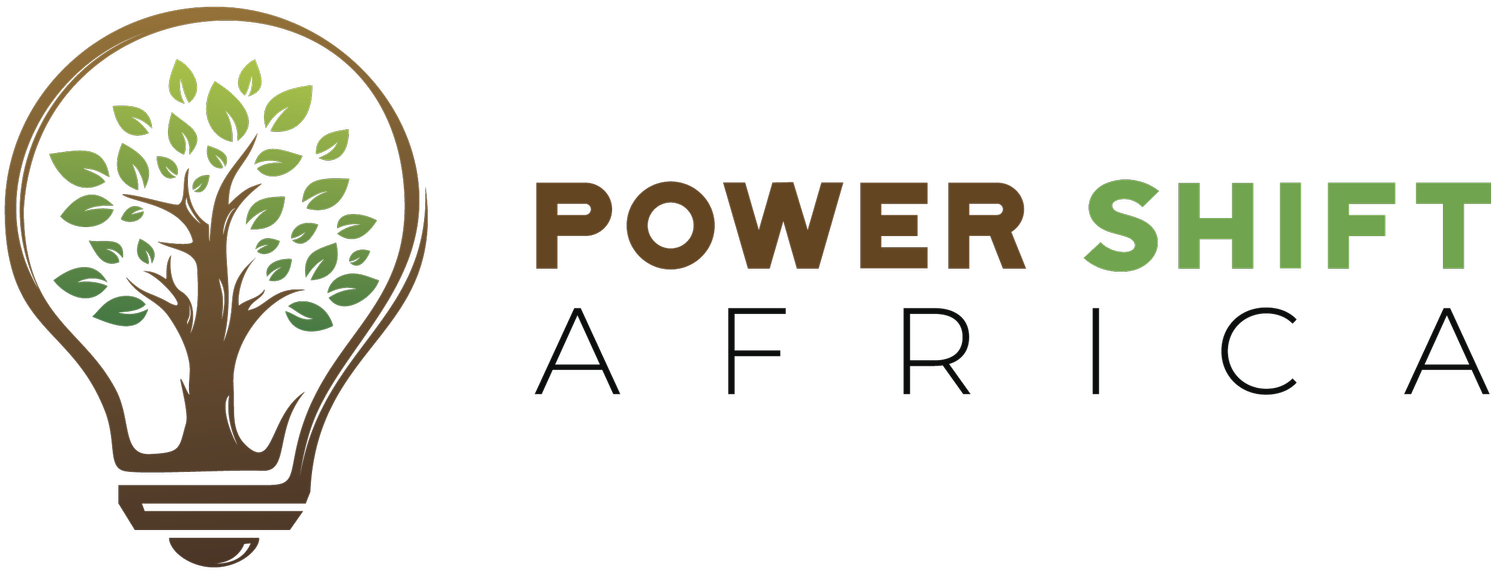Africa’s Parched Reality: The Story of ZambiA
Our continent is changing at an alarming rate. The signs are everywhere. Africa’s landscape is marked with the destructive impacts of climate change. Today, extreme weather patterns are pushing countries and their economies to the brink.
In Southern Africa, a severe drought in recent months has left an estimated 70 million people facing acute food shortage, with Zambia, Zimbabwe and Malawi among the hardest hit.
Millions of livestock are starving due to the drought. The wildlife is not spared either as the carnage stretches across large swathes of land in the region.
To combat its effects and save lives, the Southern African Development Community (SADC) has made an urgent appeal for $5.5 billion.
In February 2024, President Hakainde Hichilema of Zambia declared the drought a national disaster. The crisis, largely driven by El Niño, has affected over one million families across 84 of the country’s 116 districts.
The toll on Zambia’s agricultural sector has been catastrophic. Nearly half of the country’s food-producing regions are devastated. More than 1 million hectares of maize, the country and region’s staple food, have gone to waste.
Zambia, known for its agricultural abundance, has historically been a major producer of maize. Regional countries like Kenya import the grain from Zambia. The ongoing climate change-induced drought now threatens not only the food security of Zambians, but that of millions of households beyond its borders as well.
The scale of devastation in the country is undeniable – as witnessed by Power Shift Africa. Rivers have run dry. Crops have withered. Barren fields, with deep fissures, stretch into the horizon. In homesteads, empty granaries stand as a solemn reminder of days of abundance, now long gone.
Livestock, once thriving, now roam in distress. For visitors and locals alike, the weight of the drought hangs heavy in the air. In the stillness of the land, the sound of hunger echoes.
In Lusitu, we stood by the bed of a once-flowing river that is now gone. The water levels have dropped faster than even the meteorological department had predicted. To save their livestock, locals are now digging shallow wells to access what little water remains. But even so, the commodity is not enough to water their animals. This leaves them to trek over kilometres to find water.
Fishermen hardly catch any fish anymore as rivers such as Kafue shrink and disappear. The woebegone faces of communities here tell it all: the cruel reality unfolding in Zambia is unlike anything they have seen. From Lusitu to Syavonga, everyone we spoke to expressed their disbelief at the events.
These heartwarming experiences are captured in our documentary, Africa’s Parched Reality: A Story of Zambia’s Resilience, a story of the agony and hope of Zambians amid the current unprecedented crisis.
In late 2023, the Zambian government warned of reduced rainfall. Some farmers, relying on traditional knowledge passed down through generations, have turned to indigenous crops like sorghum as a lifeline. Accessing seeds for such crops, though, is a challenge.
Africa, home to only 18.2% of the global population, accounts for just 0.5% of historic emissions. The continent’s capacity to deal with climate shocks, though, is minimal, with poor Africans suffering the most.
In contrast, the Global North, responsible for nearly 80% of historic emissions, is better equipped to weather the climate storms they’ve created.
Zambia needs climate finance. Africa needs climate finance. Only urgent adaptation finance will provide the needed support system to allow Africans to build their adaptative capacity.
Today, less than 10% of global climate finance is allocated to adaptation. This is despite the gap between what’s needed and what’s provided widening by the year.
At the same time, an ambitious and well-funded Early Warning System is needed to ensure timely and accurate information about impending extreme weather events reaches all. Currently, only 40% of Africa’s population has access to early warning systems—the lowest rate of any region in the world. Boosting this access will help to secure the lives and livelihoods of Africa’s most vulnerable communities.
As the farmers and communities at an uncertain climate future, only immediate, substantial adaptation finance and early warning systems will help Africans to survive and thrive.
These interventions are urgent. The time is running out for Zambia. The window of action is closing for Africa. The world must act.
